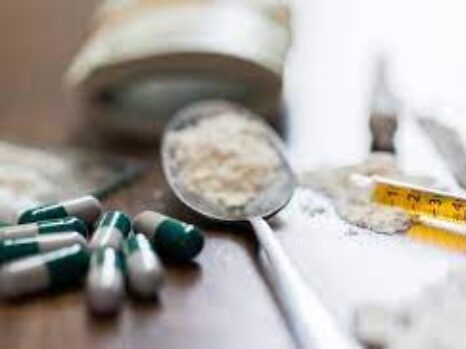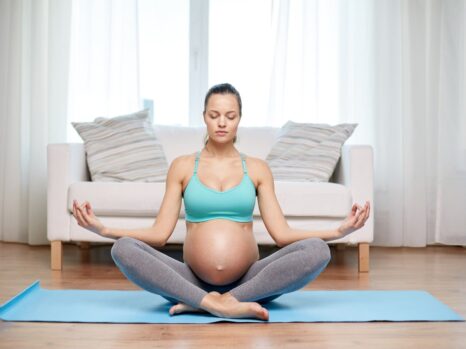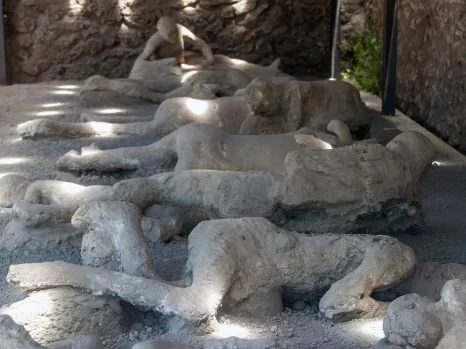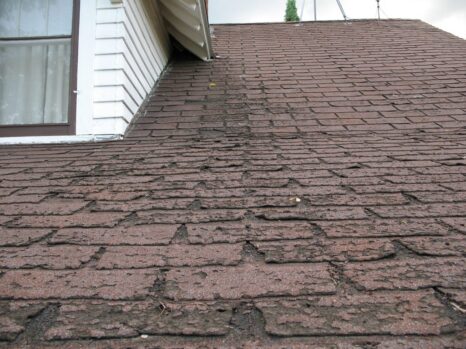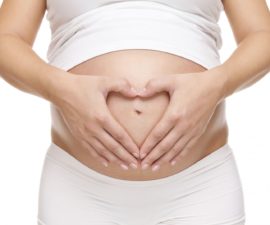Rupture of the anterior cruciate ligament may be present as an isolated condition or in association with the medial ligament or medial meniscus lesion.
MECHANISM OF INJURY
The lesion is produced by severe or moderately severe injury to the knee. This is seen mostly in football players or following a motor cycle accident. The femur is pushed posteriorly, or tibia is pushed anteriorly.
TYPE OF LESION
The rupture may be of various types:
- Rupture of the upper femoral attachment of the anterior cruciate ligament.
- Rupture of the lower tibial attachment along with avulsion of the tibial spine.
- Complete rupture of the midpart of the ligament.
- Partial rupture of the ligament.
DIAGNOSIS
Clinical features: There are pain, swelling and effusion of the knee. The joint is not locked. The test for abnormal anteroposterior mobility of the joint is done after aspirating the effusion.
X-ray: This may reveal avulsed tibial spine.
TREATMENT
Operative repair is undertaken only when the associated rupture of the medial or lateral ligament co-exists and the operative care is done through the orthopedic equipment. This equipment is provided by orthopaedic implant manufacturer. Isolated lesion is treated by applying a plaster cylinder for a period of 6 weeks. The patient can walk around and advised to perform quadriceps exercise. If the disability persists, repair of the ligament is undertaken.
ACUTE RUPTURE OF POSTERIOR CRUCIATE LIGAMENT
Rupture of the posterior cruciate ligament is uncommon.
MECHANISM OF INJURY
The violence which produces this lesion is of the more reversed type than the one producing rupture of the anterior cruciate ligament. The tibia is forced backwards over the femur or the femur is forcibly pushed anteriorly. Rupture may take place either at the femoral or at the lower tibial attachment.
TREATMENT
From the functional point of view, the posterior cruciate ligament has very little role to play in the knee-joint movement. Operative repair is therefore rarely indicated. This is done only when surgical measures for the knee must be undertaken for some other purpose. The surgical measures are performed by the surgeons with the help of orthopedic instruments.
Plaster cylinder immobilization for a period of six weeks is enough.
ACUTE RUPTURE OF THE LATERAL LIGAMENT
Isolated rupture of the lateral ligament is rare.
MECHANISM OF INJURY
The nature of violence is opposite to the one producing the lesion of medial ligament.
Adduction force on the knee can produce this type of lesion.
Associated injury: Traction nerve injury may affect the peroneal nerve. This is common, and the condition may be irrecoverable. There may be associated avulsion of the styloid process of the fibula, avulsion of biceps femoris tendon and rupture of the capsule of the knee-joint.
DIAGNOSIS
Clinical examination: Clinical features are like the rupture of the medial ligament manifested on the lateral aspect of the joint. Peroneal nerve function is tested and the impairment of sensation over the dorsolateral aspect of the foot and lower part of the leg along with weakness in the dorsiflexion and eversion of the foot are characteristics.
X-ray: Adduction force will produce gaping on the lateral part of the joint surface.
TREATMENT
Isolated injury does not require any treatment except supporting of the joint with a knee-cap. The nerve is exposed in cases of traction injury and repair is undertaken.


